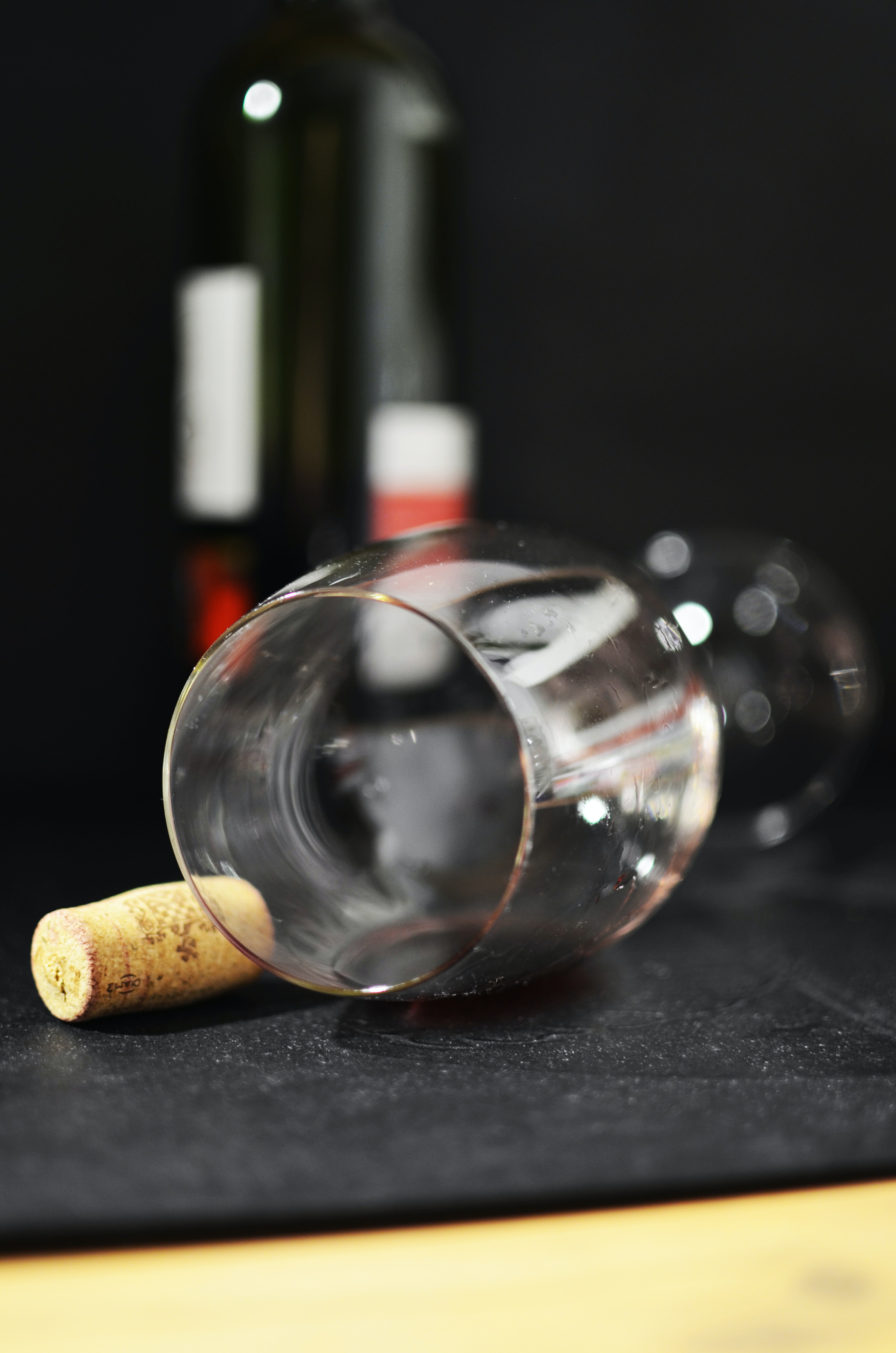What does 'Corked Wine' mean?
Have you ever tasted a corked wine?
Although this wine fault has become a rare event thanks to the efforts of both the cork and wine industries, it can still happen.
Most wine enthusiasts will not recognize the fault but will probably think the wine tastes weird.

A corked wine embarrassing story

Here is a true story, which took place several years ago at a business dinner. It was the first dinner gathering of the participants and instructors of a workshop I attended.
Knowing my interest in wine, my hosts asked me to choose a wine from the restaurant list, which I indulged in and selected a Riesling.
Without allowing me to taste the wine first, the waiter poured the wine around and served me last; guests had already started sipping the wine and engaged in lively conversations.
As soon as I smelled my glass, it hurt me. I detected the corked wine taint, an aroma typical of a wet basement often described as musty or moldy.
"STOP! This wine is corked" and called the waiter.
My colleagues then tasted the culprit, paying more attention to the issue, and agreed that the wine was tasting "funny."
My too sensitive nose put me in an embarrassing situation. The waiter brought a second bottle, asked me to taste, and it was also corked - the third bottle, same. We ended up ordering a different wine, and one of the instructors barely talked to me to this day.
The ability to recognize the corked wine taint varies among people
I can detect the corked wine taint when it is present at a low concentration in a wine, while other people may be less sensitive.
The natural variability in our ability to smell certain compounds explains these results, but also the methods scientists use can impact the data.
The wine style influenced our ability to detect a corked taint wine. It is easier to catch it in less aromatic wines than wines with intense varietal characters or oak-related aroma. Indeed, the other aromas mask the taint (1).
Scientists have measured the smallest concentration that people could recognize in water; it varied from 3.1 ng / l (0.0000000031g / l) to 15 ng / l (1).
What is the cause of a corked wine?
The corked wine taint is the result of fungi growing in the cork tree bark or the cork closure itself.
The fungi produce the taint when reacting to chemicals called chlorophenols. These compounds can come naturally from exposure of the oak cork trees to pollutants or can come from sanitization with chlorine. Chlorine is well known as a disinfectant agent, to kill mold and bacteria, not in the case of oak barrels and corks.

chlorophenols + chlorine = nasty aroma compounds,
such as TCA (2,4,6-trichloroanisole) produced by molds
Like many wine faults, these aroma compounds have a low detection threshold, few parts per trillion, meaning that it doesn't take much to ruin a wine bottle! The result is a moldy, musty, wet basement type of odor.
When the wine is barely affected, the taint is hardly perceptible, and experienced wine tasters will notice that the fruity aromas are not present as they should. In my Riesling story, most people didn't know what to expect and didn't pay attention to the wine.
While cork closures are the most common carriers, the taint can also develop in oak barrels or other winery equipment not properly sanitized.
Over the past 20 years, the industry has taken this problem seriously and significantly reduced the taint's incidence.
What can you do with a corked wine?

Please send it back to the store or waiter, that's simple.
I have seen friends pouring the whole bottle into a Ziplock bag, hoping the taint will bind to the plastic material. It doesn't work.
Nowadays, establishments rarely deny replacing a corked wine when you bring it back. It only signals that you pay attention to the wine quality you purchase.
How can you practice recognizing a corked wine?
The best aroma reference is an actual tainted wine that you keep in the fridge or even freeze in small batches for future reference. It is not easy to source the TCA compound. Frankly, it is better not to do so as it is very volatile and tenacious, ie, stinky!
To train and recognize a corked wine, prepare three glasses, coded with three-digit codes, each containing a "good" wine mixed with a different proportion of the faulty wine. Shuffle the glasses and smell them and try to order them from the weakest to the most potent corked smell.
Practice this exercise while decreasing the dosage of the tainted wine into the "good" wine. It will eventually enhance your sensitivity to this wine taint.
Discover over wine faults
I love reading your comments and suggestions
Submit them
using this link
Published October 23, 2016
Updated June 10, 2020
Reference:
Valeria Mazzoleni and Luana Maggi. Effect of wine style on the perception of 2,4,6-trichloroanisole, a compound related to cork taint in wine. Food Research International 40 (2007) 694–699




